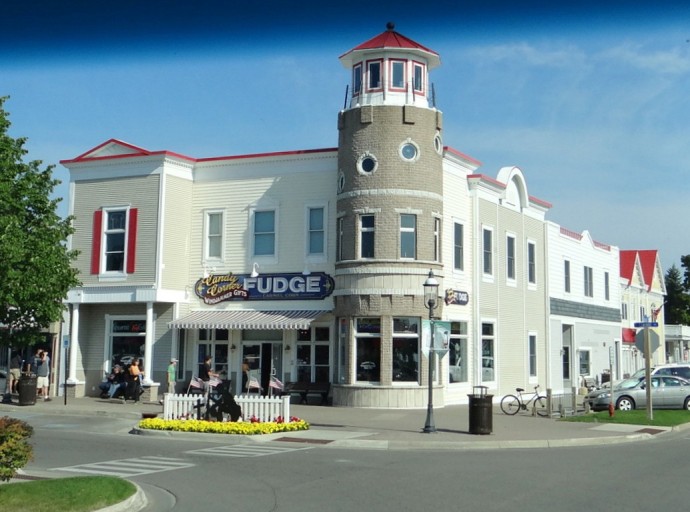
Look what fudge built? This is Mackinaw City which sits next to the Mackinac Bridge leading to the Upper Peninsula of Michigan. The town is busy, touristy and obviously a favorite place for vacationers. We found a spot to park the Motor Home and wandered through the Michilimackinac State Park which sits under and on both sides of the bridge.
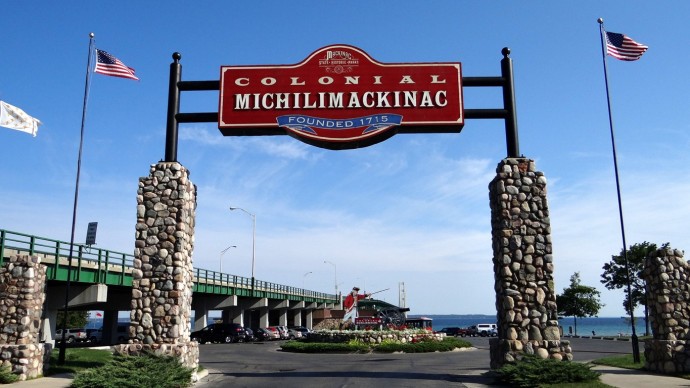
The mainland Fort Michilimackinac wasn’t military, it was more of a trading post and kept the peace between the English, French and Natives. At one point the Natives took control of the Fort on nearby Machinac Island, which was a Military Fort and saw two battles during the Revolutionary War. Mackinac Island was known as the “Great Turtle” by the local Ojibwa Indians who for many years were called Chippewa Indians. I was born in the Upper Peninsula and my genealogy has us related to the Huron or Ojibwa Native Americans, I’ve forgotten which. Both were prominent in this area. To read more about Fort Michilmackinac, click the following link:
http://en.wikipedia.org/wiki/Fort_Michilimackinac_State_Park
The visitor center’s great choice of books on the area tribes. culture, the history of the Mackinac straits, the fur trade, Native Americans, its prominent people and industry is sure to spark your interest.
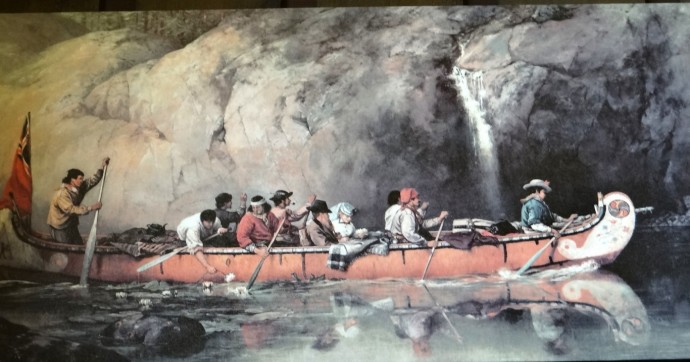
Two beautiful paintings hang in the center, above and below:
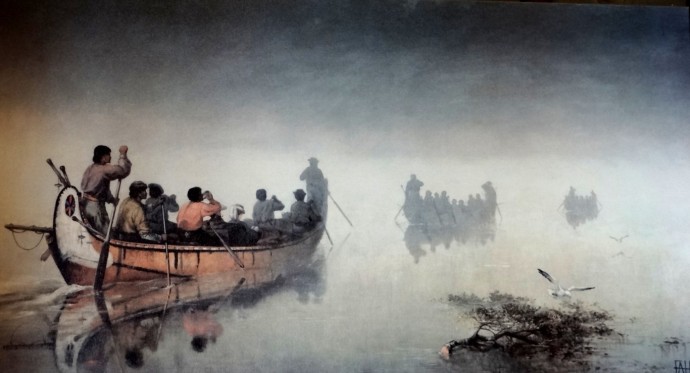
.
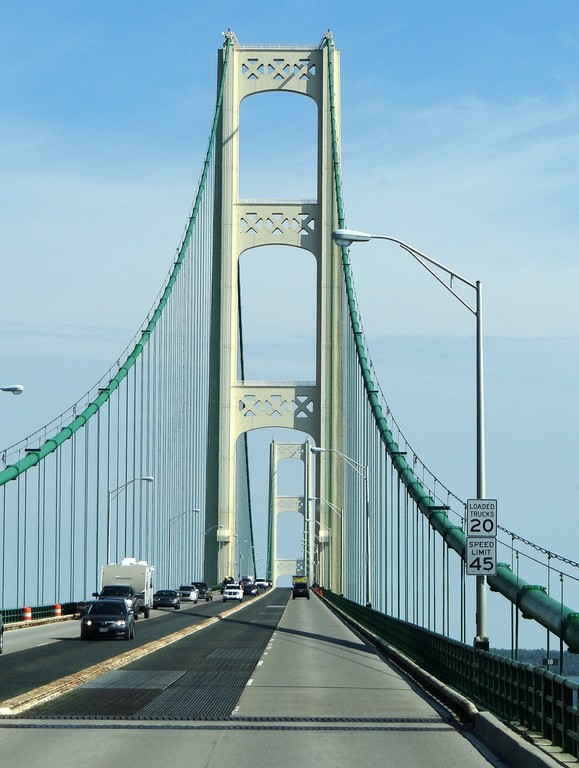
Crossing the bridge was a real thrill for me. People from the Upper Peninsula are referred to as Yoopers and those below the bridge are called Trolls, a sparring tease between the two sections of the state. My folks were quite political and fought for a bridge, but there was no bridge until after we moved to California. It opened in 1957. The common complaint of Yoopers, no money was spent on their roads, or schools. In fact, not even a Jr. College was available to Yoopers when I left in 1954. It was good to see how much things had changed. Our friend, Susie Lambart told us about her first crossing of the 5 mile bridge, with the longest suspension between anchorages in the western hemisphere. She was on a motorcycle with Art trying to impress him with her courage though she was scared silly as clouds obscured their vision, the wind was making the bridge sway and the railing was looking too close. At one point they had to pull over and don rain gear. (The bridge has a sway factor of 35 feet.) Fifteen years later, the wind tossed a car over the rails and its occupants were killed. Now they close the bridge when the bridge swings in high wind. She shudders to this day when she remembers that windy trip.
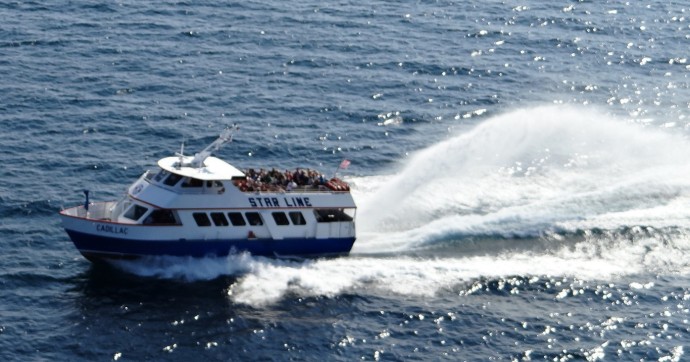
Of course, you can get across the Straits of Mackinac, or to Mackinac island in a “rooster tail.” The harbor is full of high speed boats, and slower ferries that take tourists to Mackinac Island, which is why people flock here and to St. Ignace on the Upper Peninsula side.
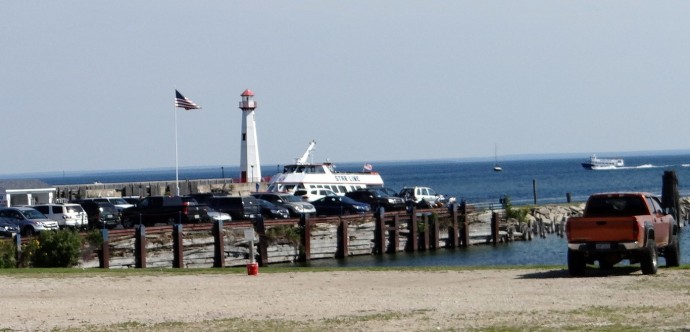
The St. Ignace side of the bridge is the opposite of Mackinaw City. Quiet, laid back, with plenty of boats, fishing and hotels, just friendlier and prettier, in my opinion. These pictures deserve a double click to make them larger. We chose not to take the trip to the Island. No cars are allowed. An exciting horse and buggy cab will take you to town. Or rent a bike or walk the mile into town from the landing. It is worth a trip ($23 per person on the ferry) to see the fantastic and well preserved Victorian Grand Hotel. I visited in 1974. The view from Fort Mackinac is stupendous. My oldest brother worked at the Grand Hotel one summer doing dishes at age 15 where he found out his favorite food is roast duckling a la orange. (He lied his age to get the job.) For more on Mackinac Island click the following link:
http://en.wikipedia.org/wiki/Mackinac_Island

St. Ignace's visitor center sports a brown bear skin, smaller than one I had hanging on my wall for many years; it was killed by my youngest brother, Clark, at age 18. (In California.)
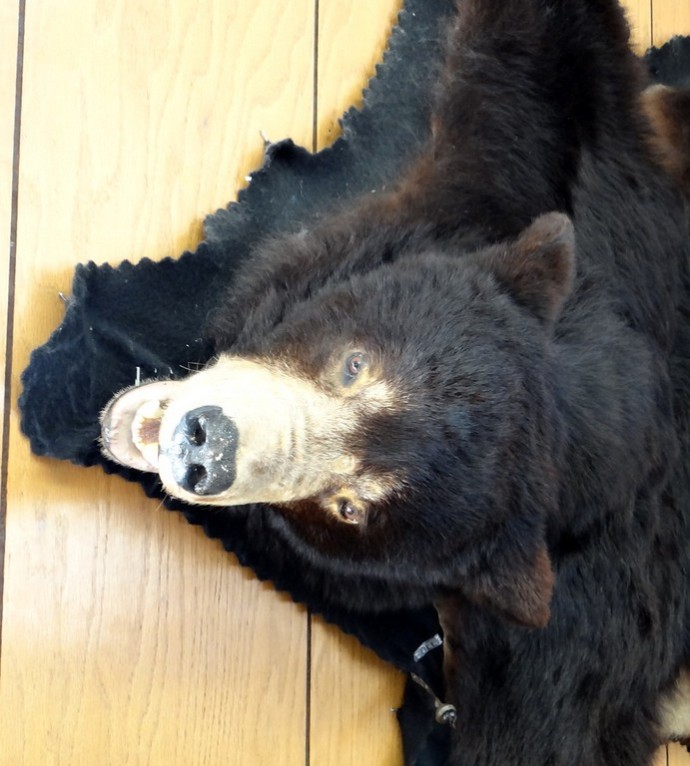
In fact, my father had a hunting lodge on our property for two or three years when we lived in Hardwood, MI. I don’t know why I never took a decent picture of my brother’s trophy, so I made sure and got a good one of this pelt.
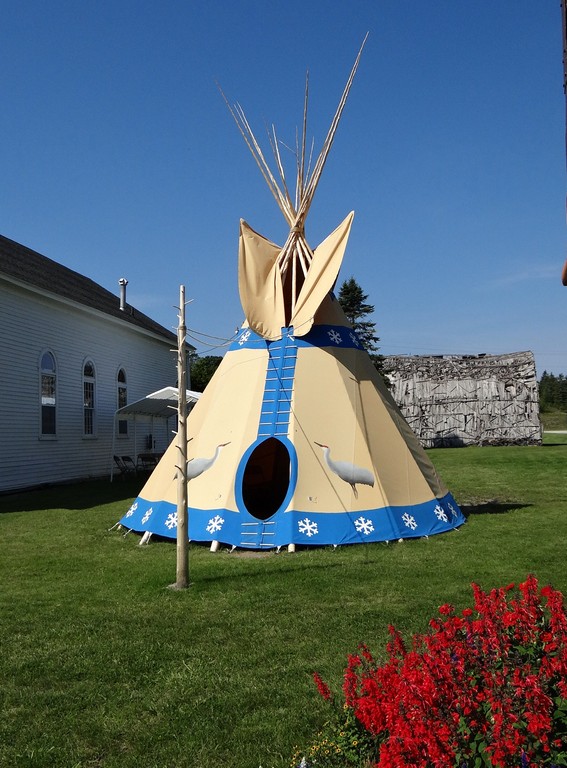
The building to the left of the tee pee, St.Ignace Mission, is on the State Registry of Historic Buildings. The Mission was run by Father Marquette. He had a high opinion of the local natives and they apparently cared deeply for him. He died away from St. Ignace and two years later they brought his body to be buried at the St. Ignace Mission Cemetery. He was only 38 years old.
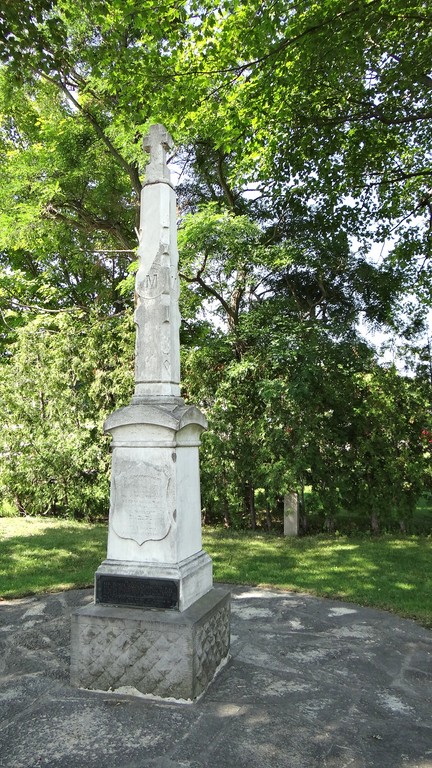
Father Marquette’s grave marker in the beautiful grounds and garden at the mission.
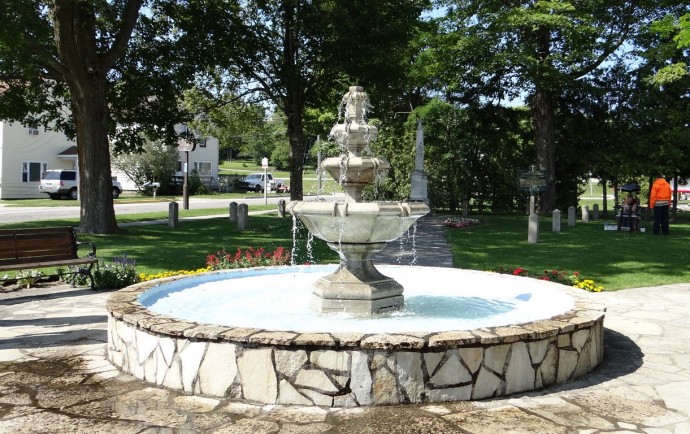
A fountain and a statue of Father Marquette is in the park. They have a parking area for visitors here though we parked at the Chamber of Commerce right next door.
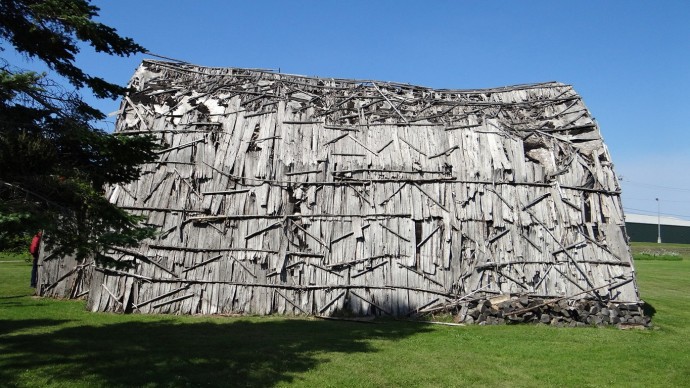
A Huron Long House, a ceremonial building, is falling apart.The Ojibwa Museum is inside of the Mission building and for the price of a donation, you can see it.
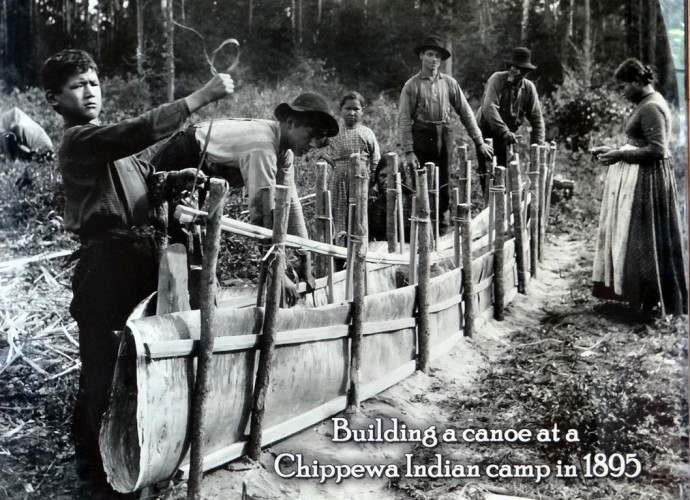
The Chippewa are now called Ojibwa. A video showed Ojibwa making a birch bark canoe. I was stunned at the roll of birch bark in this photo. You would never find a birch tree with that girth today. One single long piece of birch bark was used to make this canoe. What a marvelous craft with rudimentary tools and materials. A fascinating video shows the intricate steps in making a birch bark canoe by modern tribesmen who have better tools.
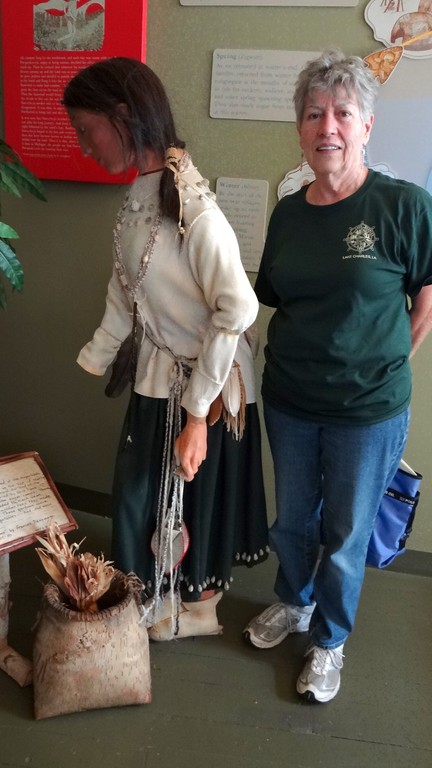
The Ojibwa had fine features, almost Eurasian. They were not tall people.
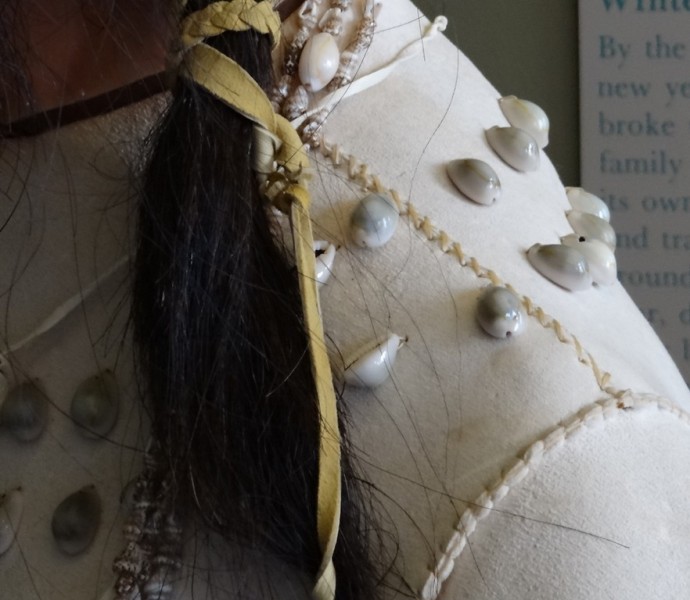
I admired the shells on this model’s clothing and the beautiful bleached white, soft deer hide.
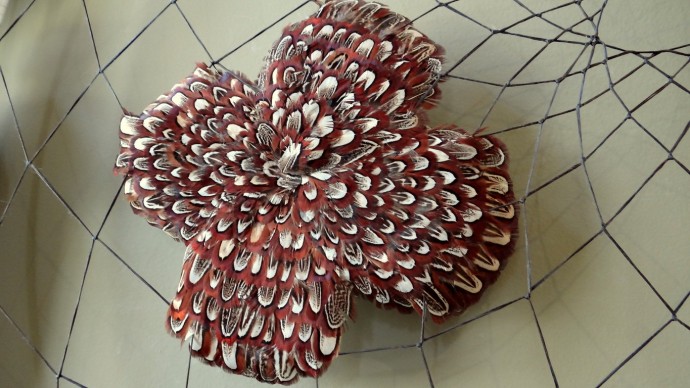
The Ojibwa were very clever artisans with feathers of all types when birds were plentiful.

.
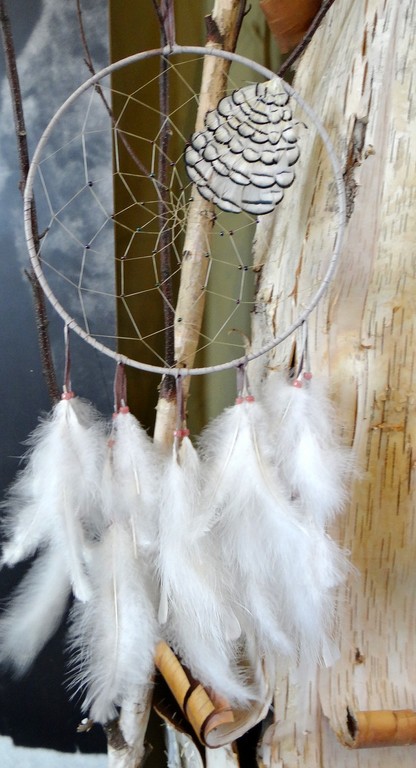
The museum is small and cramped, but the gift shop carries only native made items, jewelry, paintings, and leather goods, knick-knacks, etc. Nice that NOTHING is made in China. At our VFW stay in Indian River, the vets complained that the American flags they put on veterans graves come from China. They can’t buy them American made.
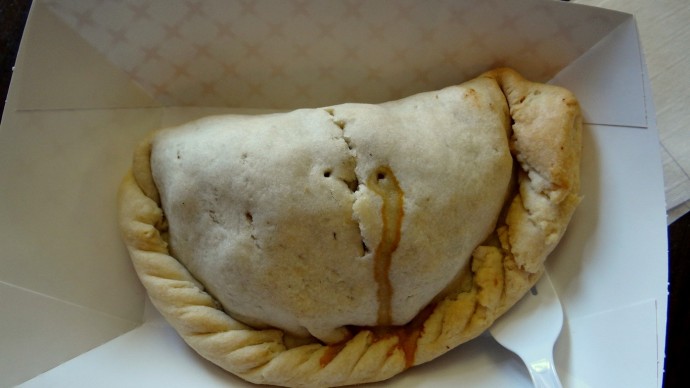
We went to Bessie’s Pasty Place and enjoyed an iconic Yooper Cornish meat pie. Delish, but not as good as mom made. (It could have used a bit more meat.) Steve, at the VFW told us there’s are home-made and better tasting, except they were temporarily out. In our family, pasty was made in a huge casserole and left on the counter to cool. We ate it after midnight mass during Christmas. The pasty would be just the right temperature.
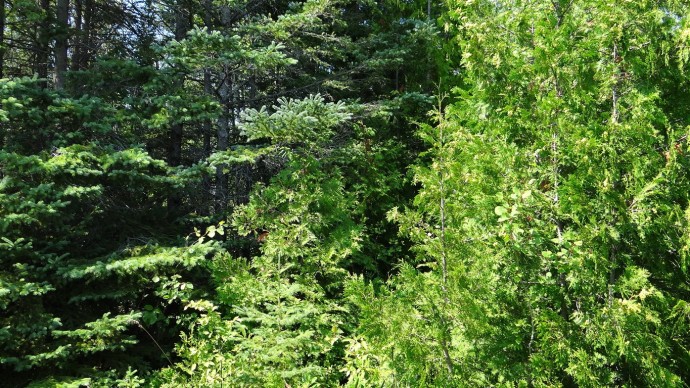
We’re camped at the VFW, next to Bessies and also next to a cedar, spruce, pine and wild rose, forest, perfuming the air. Ahhh. Heavenly remembered smells.
3 comments:
More Bonuses browse around this site read browse around here check over here index
this website j1w72j4k57 Louis Vuitton replica Bags replica bags paypal accepted replica ysl bags australia replica hermes bag p2s43r9o12 replica bags us go to website z8e88u9e80 fake louis vuitton replica ysl bags australia b9p78f1c37
a5c90r8l63 z1l29l0l18 s8d74y8z93 h2e27c3j31 w6b43o4l39 n7k52j8k58
Post a Comment